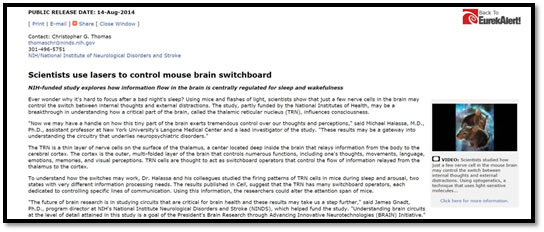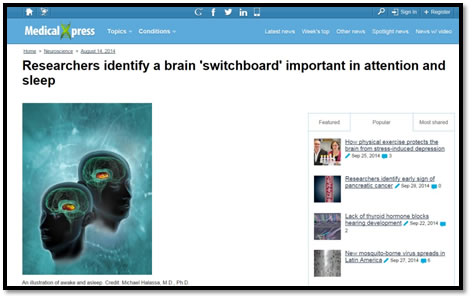- Zikopoulos B and Barbas H (2010). Changes in prefrontal axons may disrupt the network in autism. Journal of Neuroscience. 30(44): 14595-609.
Significance: We described, for the first time, structural and molecular changes in individual axons in the white matter below prefrontal cortices in adults with autism. Our findings provide a mechanism that can help explain disruptions in neural communication both at the cellular/synaptic level and at the systems level, involving networks of areas that redirect attention, mediate social interactions and modulate emotional responses. Moreover, we correlated epigenetic changes with cellular processes and network disruption, and formulated a novel model describing the development of autism, and critical periods for the initial insult and potential interventions.
Publicity:
Director’s Blog: NIMH’s Top 10 Research Events and Advances of 2010
Autism Speaks Official Blog – What lies beneath: differences in brain connections
Interagency Autism Coordinating Committee Strategic Plan for Autism Spectrum Disorder Research – 2010 and 2011
The study was featured on the cover of The Journal of Neuroscience
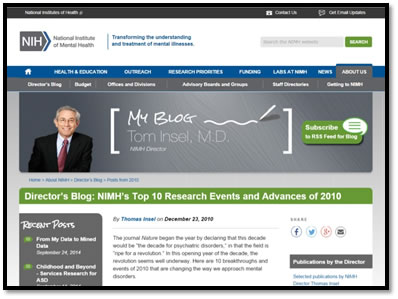
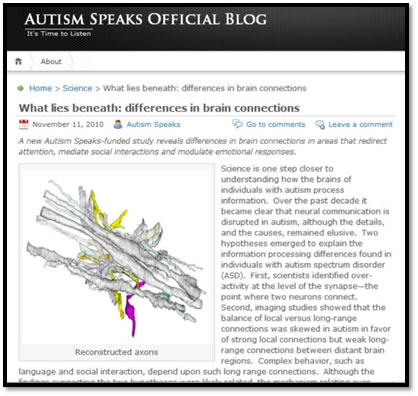
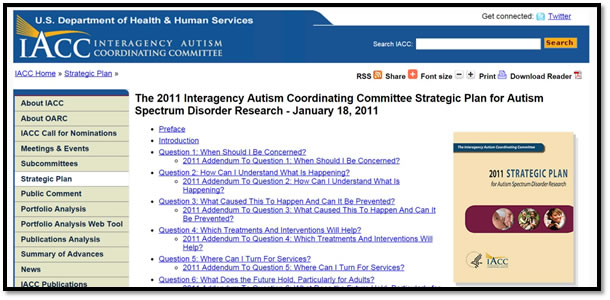
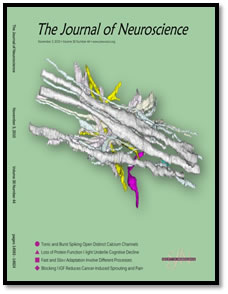
- Zikopoulos B and Barbas H (2012). Pathways for emotions and attention converge on the thalamic reticular nucleus in primates. Journal of Neuroscience. 32(15): 5338-5350.
Significance: We provided, for the first time, direct evidence for a novel circuit linking prefrontal cortices, the amygdala and the inhibitory thalamic reticular nucleus that could direct attention, underlie brain activity shifts, and have a key role in flexible behavior. Based on the uniquely specialized connectivity patterns we observed we formulated circuit models, suggesting that this network may form a core brain interface for cognitive-emotional interactions, ideally suited for on- and off-line processing of different types of information, for example external or internally-generated cues.
Publicity:
Science News – Why emotions are attention-getters

- Halassa MM, Chen Z, Wimmer RD, Brunetti PM, Zhao S, Zikopoulos B, Wang F, Brown EN and Wilson MA (2014). State-dependent architecture of thalamic reticular subnetworks. Cell. 2014; 158(4):808-21.
Significance: We showed a causal role of activity changes in the inhibitory thalamic reticular nucleus and related networks in attentional performance and provided the circuit basis for the functional segregation of external sensory and internal limbic processing across brain states, thus, improving our understanding of how we switch from perceiving the outside world to experiencing our inner thoughts.
Publicity:
The Washington Post – A switchboard in the brain could unlock treatments for autism and schizophrenia
EurekAlert! a global news service by AAAS – Scientists use lasers to control mouse brain switchboard
MedicalXpress – Researchers identify a brain 'switchboard' important in attention and sleep

